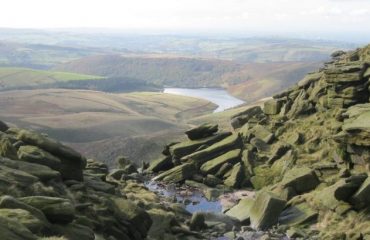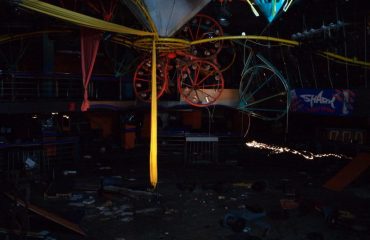Hidden amongst the county of Yorkshire lay lost villages that were once thriving settlements, but have now for various reasons been erased from the map. Here are the stories behind five lost villages of Yorkshire
1. West End
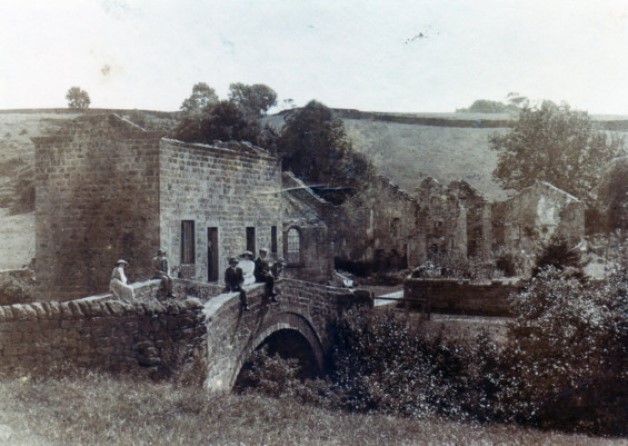
West End was a former village located north of Otley. In its heyday it was the industrial textile centre of the Washburn Valley, before a decline in flax-making led to people leaving the village. It was even described as a ‘ghost village’ as far back as 1911. In 1966, the remaining six occupied houses of West End were abandoned altogether when it was flooded to create Thurscross reservoir. Amazingly in times of dry weather parts of the old village can still be seen rising out of the water, including the old flax mill and bridge. The ruins of the ancient church and the foundations of houses can also be seen during times of drought.
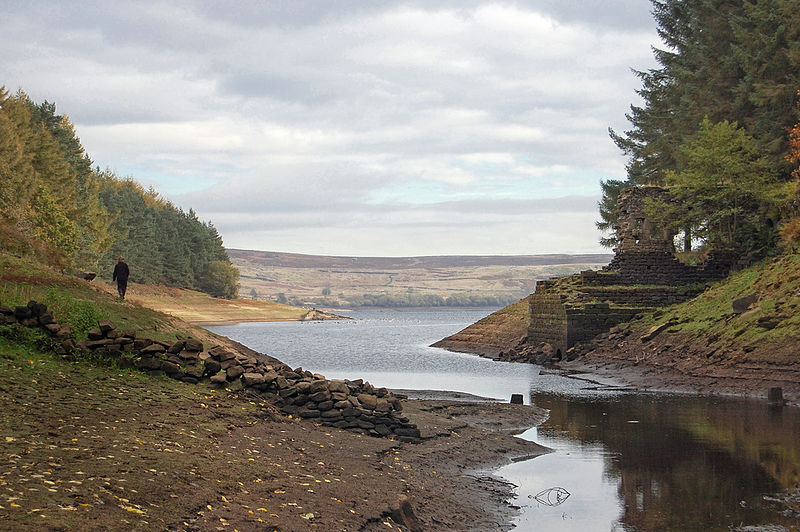
2. Wharram Percy
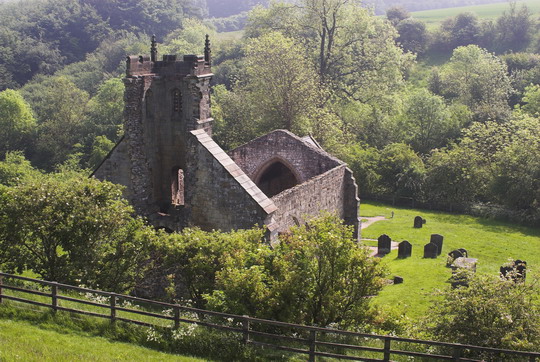
The North Yorkshire abandoned village of Wharram Percy is perhaps one of the best known deserted medieval settlements in the country. It was once a thriving medieval village, which dated back to Anglo-Saxon times. Wharram Percy was recorded in the Doomsday book of 1089 as having four plough lands, owned by two nobles, named Lagmann and Karli. These lands were confiscated by the Normans after their conquest and given to the Percy family. The village grew through medieval times which by now had a church, manor house, hunting grounds, mill and a population of around 200 people at its peak in the 13th Century.
The village’s decline started by a run of misfortune which struck the ruling Percy family and the people of the village. Firstly Scottish raids in around 1322 resulted in the burning of crops and barns around the district. Moreover several of the population were also affected by the Black Death in 1349, including the sole male heir to the land, who perished to the disease. In around 1400, the village was sold by the Percy’s to the Hilton family.
Despite an attempted revival of the village in the 14th Century the future of Wharram Percy was put in doubt when the villagers were evicted by their new landlord, Baron Hilton. He wanted to use the land for grazing sheep because of the rising price of wool and this industry was becoming more profitable to landowners such as him. By 1436 the exodus was well under way, with only 16 remaining occupied houses. The last records of Wharram Percy were in 1517 when legal action was taken against their landlords over their forced eviction from the village. They clearly lost the case, as by 1527 the entire village had been deserted and all that remained were an arable pasture with only two shepherds living there, along with 1,240 sheep.
The site is now under the care of English Heritage and archaeological digs have revealed the foundations of the houses, vicarage, two manors and the outline of streets. The ruins of St Martin’s Church are the most obvious feature of the abandoned settlement and this was still in use until as recently as 1949. Ten years later the tower of this 12th Century church blew off, leaving it in the derelict state we see today.
3. Tanshelf
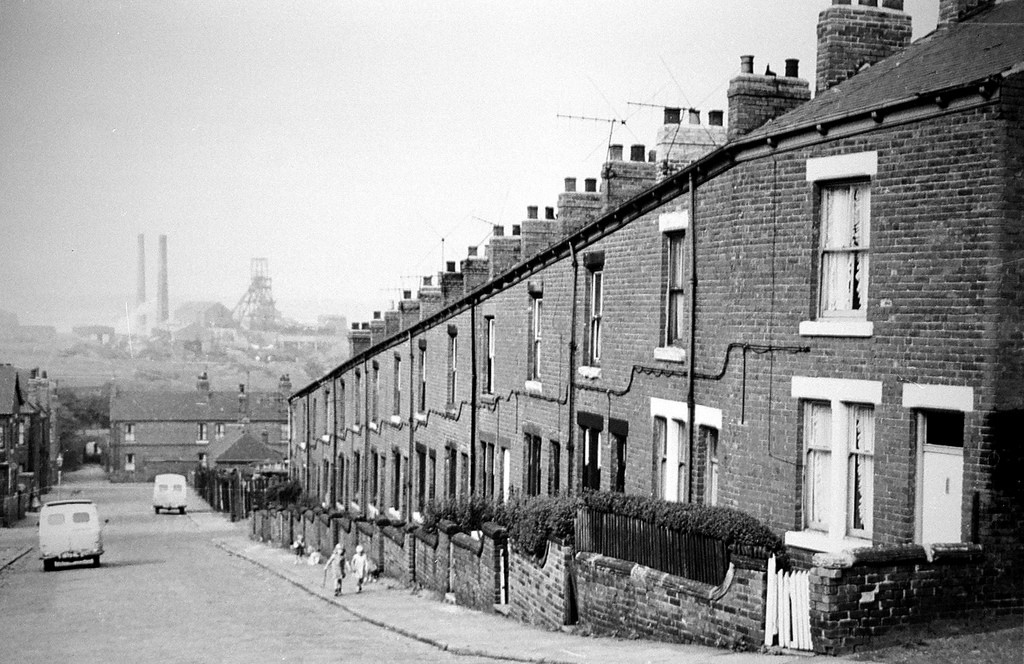
Nowadays, all that remains of Tanshelf are a train station bearing its name, and the former Queens Hotel, which are now flats. Situated on the edge of Pontefract, Tanshelf had a long history and even played a part in the formation of England during the 10th Century. The Anglo-Saxon King Eadred travelled up to Tanshelf from Wessex in 947 and received oaths of support from the Kingdom of Northumbria, which temporarily brought them under the rule of the Saxon king before they submitted again to the Viking king, Eric Bloodaxe a year later.
Tanshelf was also mentioned in the Domesday book as a village in the region of Pontefract with a population of around 101 people, making it a sizeable village for its day complete with its church, fishery and mills. Fast forward several centuries to the Industrial Revolution, Tanshelf became a mining village and several terraced houses were built in the 1870s to house the pit workers and their families at the nearby Prince of Wales Colliery. The area was known for its close knit community spirit where everyone knew each other, until it was demolished in 1971 and replaced by the Tanshelf Industrial Estate. The Estate still follows the same road patterns as the streets of the old Tanshelf village. The Prince of Wales Colliery finally closed in 2002.
4. Lotherton
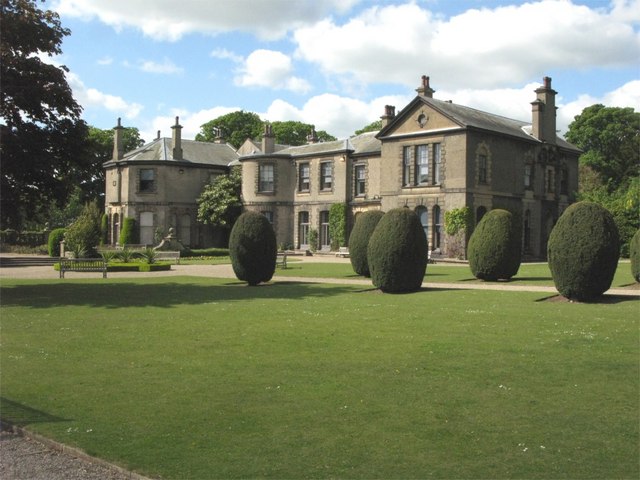
The only thing that remains of the village of Lotherton is the hall and medieval chapel. In Medieval Times though, Lotherton was a village in its own right, known as Lutterington and Lutterton and carried on being a settlement right into the 19th Century. However by 1840 the village had decreased in size, leaving only the hall grounds and a few farms. The remains of Lotherton village were amalgamated into neighbouring Aberford in 1908 and disappeared entirely from the map, except for the hall chapel and latterly the bird garden which opened in 1980.
5. Whorlton
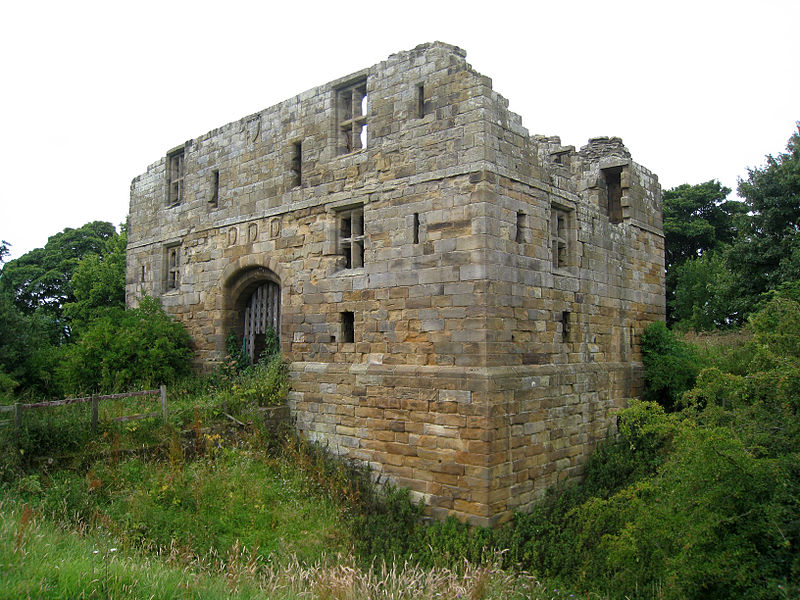
The lost village of Whorlton in North Yorkshire once had its own castle and was a fortified settlement, as mentioned in the Doomsday Book. This was largely due to its position, on top of a hill and overlooking the Tees valley below, which was an ideal place to spot enemies. Its roofless ruins still stand to this day with a 14th Century gateway and earthworks dating back to this time. The other thing that remains is what’s left of Whorlton’s 12th Century church of the Holy Cross. This was still in use until 1875 and is still a consecrated church with occasional events still taking place here. Little is left of the actual village itself, apart from earthworks visible from above. The village of Whorlby is largely thought to have been abandoned because of an outbreak of The Black Death although some historians have argued that many of its residents moved to the nearby village of Swainby because it had more industrial activity, power sources and jobs.

Written Sources & Further Reading
https://www.yorkshirepost.co.uk/news/hidden-yorkshire-village-vanished-beneath-lake-201943
http://www.anglo-saxons.net/hwaet/?do=get&type=person&id=Eadred
https://historicengland.org.uk/listing/the-list/list-entry/1011377
https://www.thewindingway.com/whorlton-old-church-castle-and-abandoned-village
